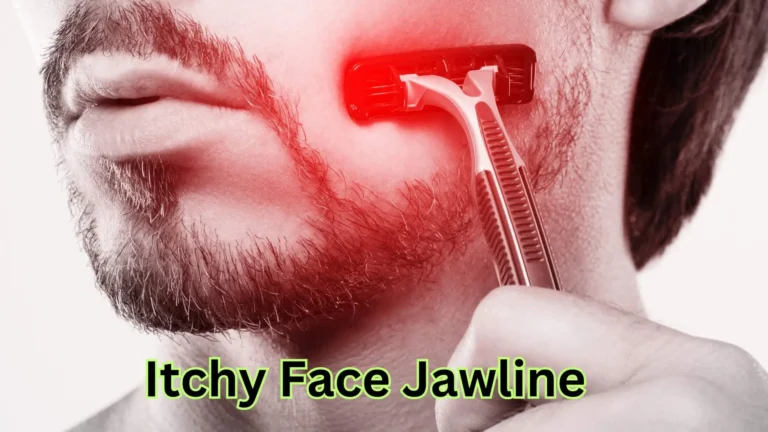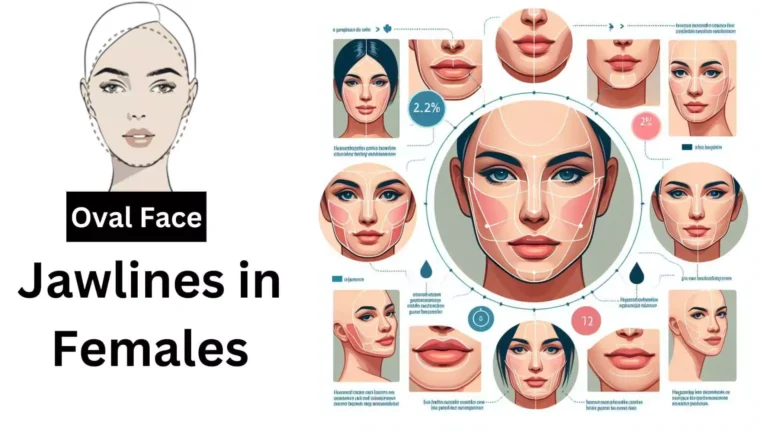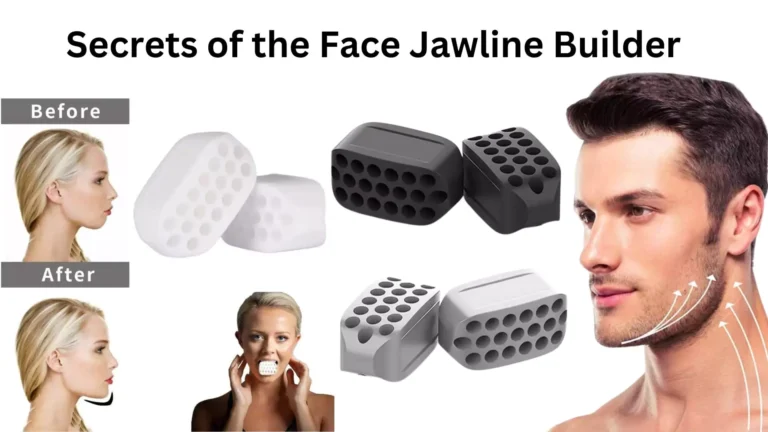Understanding the Complexities of the Face Chin Area
Dive into the intricacies of the face chin area, exploring its anatomy, common concerns, and effective strategies for maintaining its health and aesthetics. From skincare tips to targeted exercises, this article offers comprehensive insights to help you achieve a harmonious and balanced appearance.
Introduction
The face chin area is a focal point of the face, playing a crucial role in defining one’s facial profile and symmetry. From the prominence of the chin to the contours of the jawline, this area encompasses various features that contribute to an individual’s unique appearance. In this article, we’ll delve deep into the complexities of the face chin area, examining its anatomy, common concerns, and practical approaches to optimize its health and aesthetics.
Anatomy of the Face Chin Area

The face chin area comprises several key components, including:
Chin: The lowermost part of the face, the chin, provides structural support and balance to the facial features.
Jawline: The jawline refers to the outline of the lower jaw, extending from the chin to the earlobes. It plays a significant role in defining facial symmetry and aesthetics.
Submental Area: Also known as the area beneath the chin, the submental area can be a source of concern for individuals experiencing excess fat or a double chin.
Understanding the anatomy of the face chin area is essential for addressing various cosmetic concerns and implementing targeted interventions effectively.
Common Concerns and Challenges
The face chin area is susceptible to a range of concerns and challenges, including:
Double Chin: Excess fat accumulation beneath the chin can result in the appearance of a double chin, impacting facial aesthetics and self-confidence.
Sagging Skin: Loss of skin elasticity due to aging or environmental factors can lead to sagging skin along the jawline and chin area.
Acne and Blemishes: The chin is a common site for acne breakouts and blemishes, often attributed to hormonal fluctuations and poor skincare habits.
Identifying and addressing these common concerns is crucial for achieving a balanced and harmonious appearance in the face chin area.
Strategies for Optimal Care

To maintain the health and aesthetics of the face chin area, consider implementing the following strategies:
Skincare Routine: Establish a consistent skincare routine that includes cleansing, exfoliating, moisturizing, and applying sunscreen to protect and nourish the skin.
Healthy Lifestyle Habits: Maintain a balanced diet, stay hydrated, get regular exercise, and avoid smoking and excessive alcohol consumption to promote overall skin health and vitality.
Targeted Exercises: Incorporate facial exercises and jawline workouts into your routine to strengthen and tone the muscles in the face chin area, promoting a more defined and sculpted appearance.
Professional Treatments: Explore non-invasive cosmetic treatments such as injectables, laser therapy, and skin tightening procedures to address specific concerns like double chin or sagging skin.
Embracing Diversity and Individuality
It’s essential to embrace the diversity and individuality of the face chin area, recognizing that everyone’s features are unique and beautiful in their own way. Whether you have a prominent chin, a defined jawline, or a soft, rounded profile, celebrate your natural features and express your identity with confidence.
Understanding the Impact of Aging

As we age, the face chin area undergoes significant changes due to factors such as collagen loss, reduced skin elasticity, and changes in fat distribution. These changes can lead to sagging skin, wrinkles, and a loss of definition in the jawline and chin area. Incorporating anti-aging skincare ingredients like retinoids, antioxidants, and peptides can help combat these signs of aging and promote a more youthful appearance.
Addressing Hormonal Imbalances
Hormonal fluctuations can also impact the health and appearance of the face chin area, particularly in women. Conditions such as polycystic ovary syndrome (PCOS) or hormonal acne can manifest as acne breakouts, excess facial hair growth, or changes in skin texture along the chin and jawline. Consulting with a healthcare professional and addressing any underlying hormonal imbalances can help manage these concerns effectively.
Exploring Cosmetic Enhancements
For individuals seeking more dramatic improvements in the face chin area, cosmetic enhancements like chin augmentation or jawline contouring can offer transformative results. Chin augmentation involves the use of dermal fillers or implants to enhance the size and shape of the chin, improving facial balance and symmetry. Similarly, jawline contouring procedures can help sculpt and define the jawline for a more structured and refined appearance.
Promoting Mental Well-being
Beyond physical appearance, it’s essential to prioritize mental well-being and self-confidence when caring for the face chin area. Society’s standards of beauty often place undue pressure on individuals to conform to unrealistic ideals, leading to feelings of insecurity and self-doubt. Practicing self-love, embracing imperfections, and cultivating a positive body image can contribute to greater overall happiness and fulfillment.
Embracing Diversity and Representation
Celebrating diversity and representation in beauty is crucial for fostering inclusivity and acceptance within society. Every individual possesses unique features that reflect their cultural heritage, ancestry, and personal identity. By embracing and showcasing diverse representations of beauty, we can challenge narrow beauty standards and promote inclusivity and acceptance for all.
Conclusion: Empowering Self-expression and Confidence
In conclusion, caring for the face chin area goes beyond mere skincare routines and cosmetic procedures—it’s about nurturing self-expression, confidence, and individuality. By understanding the complexities of facial anatomy, addressing common concerns, and promoting mental well-being, we can empower individuals to embrace their natural beauty and express themselves authentically. Remember, true beauty radiates from within, and it’s the uniqueness of each individual that makes the world a more vibrant and beautiful place.
Fun Facts About the Face Chin Area:
Chin Shape and Personality: Did you know that in Chinese face reading, the shape and prominence of the chin are believed to reveal insights into a person’s personality? For example, a rounded chin is associated with kindness and nurturing qualities, while a square chin suggests strength and determination.
The Science of Smiling: Smiling not only engages facial muscles but also triggers the release of endorphins, serotonin, and dopamine—neurotransmitters responsible for boosting mood and reducing stress. So, next time you flash a smile, remember that you’re not just brightening someone’s day but also giving your brain a natural happiness boost!
Chin-ups for Jawlines: While traditional chin-ups are great for building upper body strength, did you know that there are also “chin-ups” exercises for your face? By lifting your chin upwards and holding for a few seconds, you can engage the muscles in your neck and jawline, helping to tone and define this area over time.
The Evolution of Facial Expressions: Humans are capable of making over 20 different facial expressions, each serving a unique communicative purpose. From the furrowed brow of concentration to the subtle smirk of amusement, our ability to express emotions through facial movements is a testament to the complexity and versatility of the face chin area.
The Power of Collagen: Collagen, a protein found in abundance in the skin, plays a vital role in maintaining its elasticity and firmness. However, did you know that collagen production naturally declines with age, leading to sagging skin and wrinkles? Incorporating collagen-boosting foods like bone broth, fish, and leafy greens into your diet can help support skin health and promote a more youthful appearance in the face chin area.








4 Comments